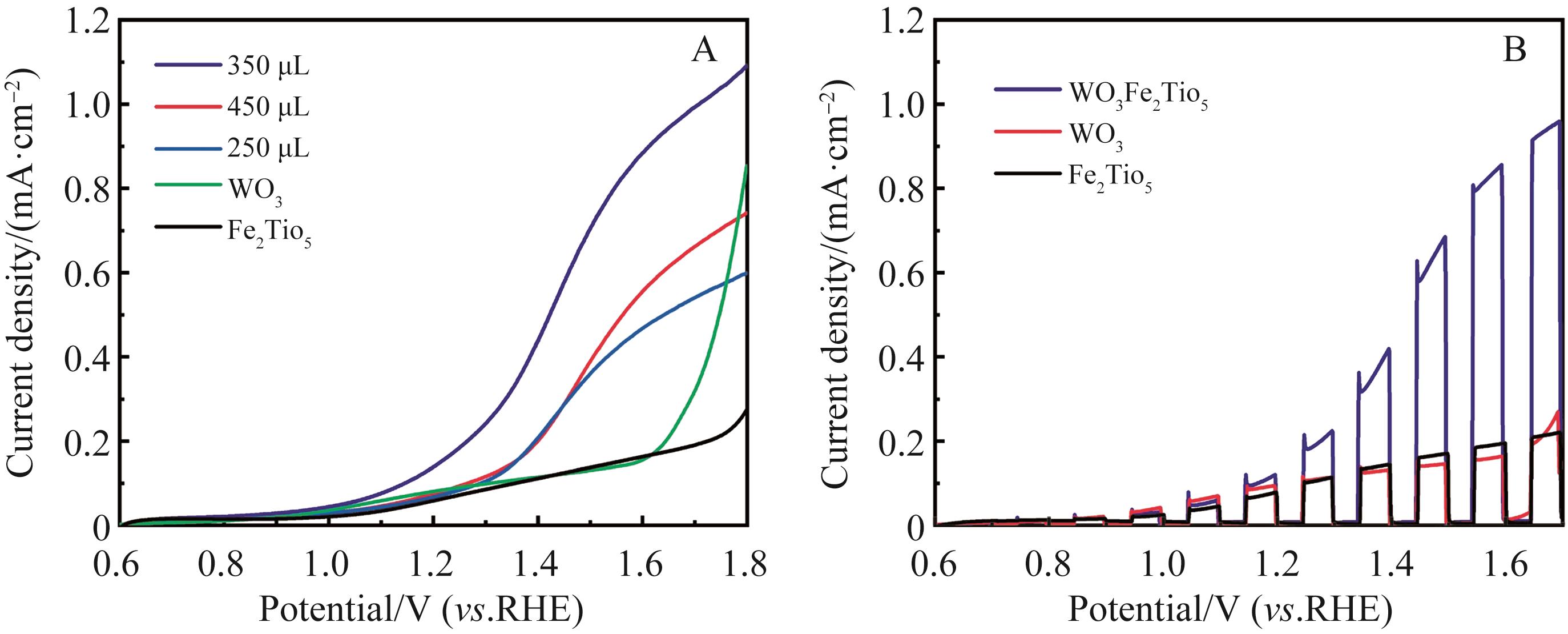| [1] |
TANG Jun, DU Yang, ZHAO Feng-Jiao, CUI Meng, LIU Zhi-Qiang.
Electrospray Ionization Tandem Mass Spectrometry on the Interaction of Baicalin and Glutathione
[J]. Chinese Journal of Applied Chemistry, 2021, 38(3): 331-342.
|
| [2] |
WEI Zhenye, MENG Junling, WANG Haocong, ZHANG Wenwen, LIU Xiaojuan, MENG Jian.
Improving the Electrocatalytic Activity of La2NiO4+δ Cathode by Surface Modification with Conformal Heterojunction
[J]. Chinese Journal of Applied Chemistry, 2020, 37(8): 939-951.
|
| [3] |
LIU Bing, GONG Huili, LIU Rui, HU Changwen.
One-Step Synthesis of TiO2-Au Composite and Its Performance for Photocatalytic Hydrogen Evolution
[J]. Chinese Journal of Applied Chemistry, 2019, 36(9): 1076-1084.
|
| [4] |
LIU Bing, GONG Huili, LIU Rui, HU Changwen.
Synthesis of TiO2 Coated Gold Nanorod with Core-Shell Structure and Its Photocatalytic Hydrogen Evolution
[J]. Chinese Journal of Applied Chemistry, 2019, 36(8): 939-948.
|
| [5] |
LI Yingjie,LIN Xiaotong,GAO Lidi,QIN Shili,TANG Yimin,JIN Zhixiang,ZHANG Shuai.
Separation and Analysis of Mixed Amino Acid Enantiomers by Capillary Electrochromatography-Electrospray- Time of Flight/Mass Spectrometry
[J]. Chinese Journal of Applied Chemistry, 2019, 36(7): 823-831.
|
| [6] |
LONG Xia,WANG Yaqiong,JU Min,WANG Zheng,YANG Shihe.
Elaboration and Application of Transition Metals Based Layered Double Hydroxides for Electrochemical Water Oxidation
[J]. Chinese Journal of Applied Chemistry, 2018, 35(8): 881-889.
|
| [7] |
LIU Jia, PAN Rongrong, ZHANG Erhuan, LI Yuemei, LIU Jiajia, XU Meng, RONG Hongpan, CHEN Wenxing, ZHANG Jiatao.
Mechanistic Understanding of Plasmon-induced Hot Electron Injection for Photocatalytic and Photoelectrochemical Solar-to-Fuel Generation
[J]. Chinese Journal of Applied Chemistry, 2018, 35(8): 890-901.
|
| [8] |
YANG Mei,SHI Zhenling,XU Nan,MAO Dan,WANG Dan.
Research Progress of Hollow Micro/Nano-Structured Photoanode Materials for Dye-Sensitized Solar Cells
[J]. Chinese Journal of Applied Chemistry, 2018, 35(8): 902-915.
|
| [9] |
Zhenzhen FAN, Lifang FAN, Chuan DONG.
Synthesis of Iodine Oxygen Bismuth/Titanium Dioxide Nanorod Arrays Composite and Photoelectrochemical Detection of Bisphenol A
[J]. Chinese Journal of Applied Chemistry, 2018, 35(7): 834-841.
|
| [10] |
GAO Guofeng,LI Dandan,HAO Genyan,LI Jinping,ZHAO Qiang.
Progress and Prospect of Iron Based Anodic Oxygen Evolving Catalysts
[J]. Chinese Journal of Applied Chemistry, 2016, 33(5): 504-512.
|
| [11] |
LU Haiyan, ZHANG Hua, PENG Xiaoming, CHEN Huanwen.
Rapid Analysis of Chemical Composition in Asparagus Using Internal Extractive Electrospray Ionization Mass Spectrometry
[J]. Chinese Journal of Applied Chemistry, 2016, 33(4): 481-488.
|
| [12] |
Gan Fuxing, Dai Zhongxu, Wang Dihua, Yao Lu'an.
Film Formation Process of Corrosion Inhibitors on Copper in Neutral Solutions
[J]. Chinese Journal of Applied Chemistry, 1998, 0(4): 45-48.
|
| [13] |
Yang Yong, You Jinkua, Chen Xuguang, Lin Zugeng.
Advances in Developments and Applications of Laser-Scanning Photoelectrochemical Microscopy Techniques
[J]. Chinese Journal of Applied Chemistry, 1995, 0(4): 1-6.
|
| [14] |
Cai Naicai, Li Xi, Dong Qinghua, jian Cuiying.
PERFORMANCE OF TiO2/Ti/TiO2 SEMICONDUCTOR SEPTUM PHOTOELECTROCHEMICAL CELL
[J]. Chinese Journal of Applied Chemistry, 1991, 0(1): 1-5.
|
| [15] |
Qian Daosun, Sun Lizbong, Shen Yi.
A STUDY OF THE OUTPUT CHARACTERISTICS OF PHOTO ELECTROCHEMICAL CELL(PEC)BASED ON n-GaAs
[J]. Chinese Journal of Applied Chemistry, 1988, 0(5): 93-95.
|

 )
)

